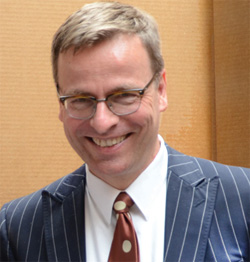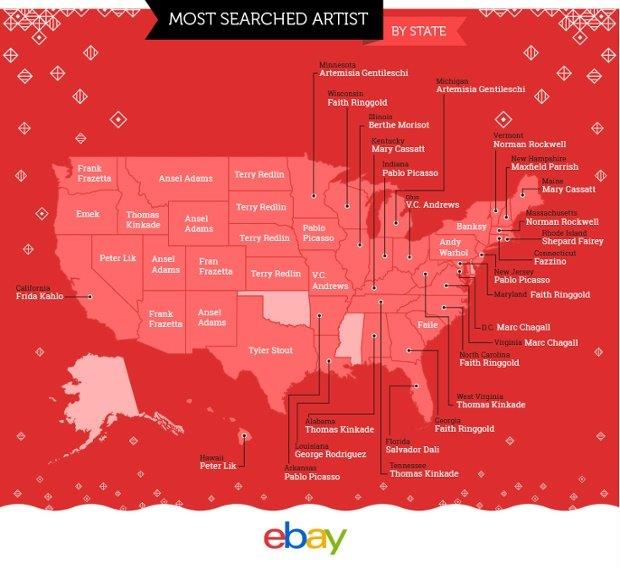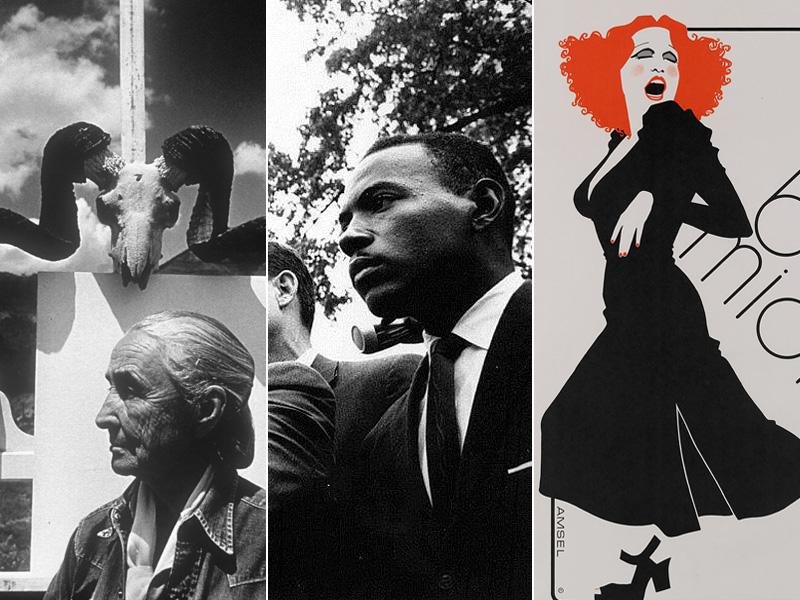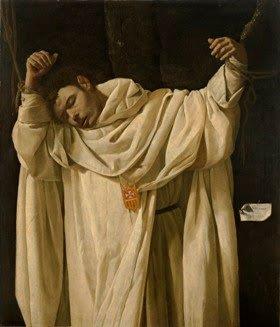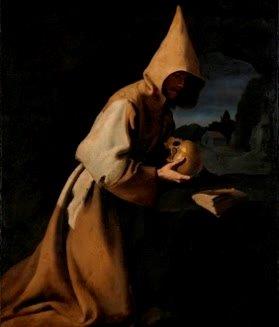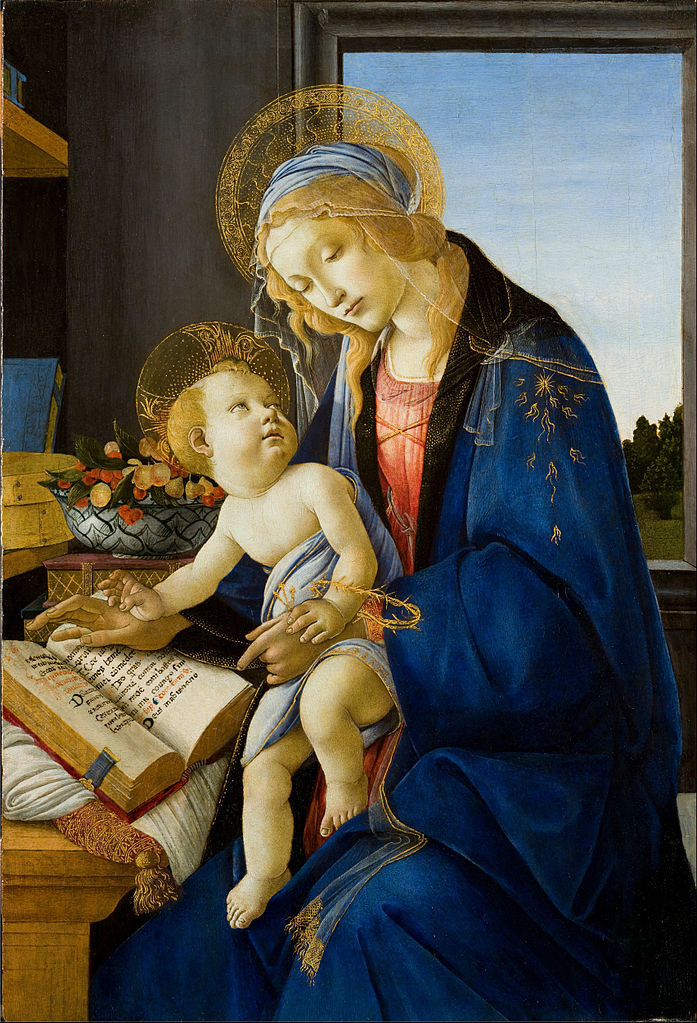 Is there a woman who was painted more frequently in all of Western art than Mary? If so, I don’t know of her. So many great artists painted her, in many situations, poses, costumes and guises.
Is there a woman who was painted more frequently in all of Western art than Mary? If so, I don’t know of her. So many great artists painted her, in many situations, poses, costumes and guises.
That was the rich territory the National Museum of Women in the Arts chose to explore in its current exhibition, Picturing Mary: Woman, Mother, Idea. And although it’s not the show I conjured in my mind when I heard the title–a Leonardo side-by-side with a Raphael, a Michelangelo, a Fra Angelico, a Bellini, a Titian, and so on–it’s a mind-stretching exhibition. As I write in my review, The Madonna’s Many Faces, which is published in tomorrow’s Wall Street Journal, the NMWA chose, in an attempt to demonstrate the pervasiveness of Mary’s image, to include Renaissance and Baroque works “made for wealthy patrons in sophisticated cities and for humble communities in provincial outposts.”
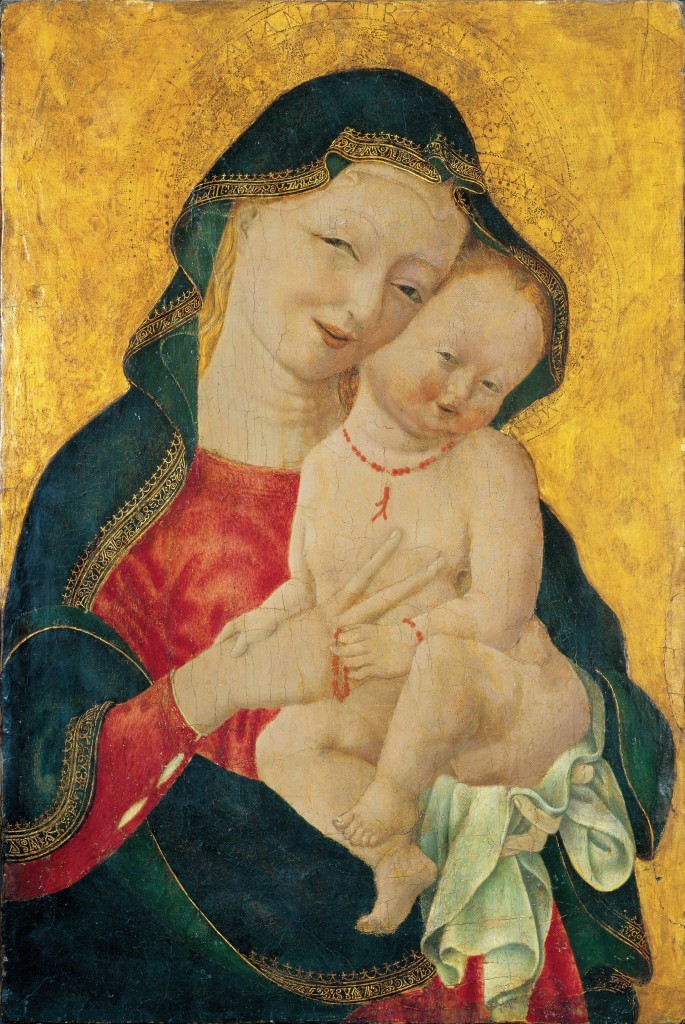 Fair enough. But the stars are the crystalline Botticelli, Madonna of the Book (at right ), the mysterious Caravaggio, Rest on the Flight into Egypt, Fra Filippo Lippi’s “Madonna and Child†(c. 1466-69), which was painted for the Medicis, plus works on paper by Durer and Rembrandt.
Fair enough. But the stars are the crystalline Botticelli, Madonna of the Book (at right ), the mysterious Caravaggio, Rest on the Flight into Egypt, Fra Filippo Lippi’s “Madonna and Child†(c. 1466-69), which was painted for the Medicis, plus works on paper by Durer and Rembrandt.
I also enjoyed “meeting” a couple of works I’d never seen before, such as Madonna and Child (c. 1450) by an unnamed artist known as the Master of the Winking Eyes (at left).
Of the four female artists whose work is here—Sofonisba Anguissola, Artemisia Gentileschi, Orsola Maddalena Caccia and Elisabetta Sirani—I chose to highlight Anguissola’s Self-Portrait at the Easel, the best business card I’ve seen in a while. It’s on loan from the Muzeum-Zamek in ÅaÅ„cut, Poland, an institution that I’m pretty sure I will never get to.
In Washington, with so many people now unfamiliar with Mary, the NMWH has provided an introductory gallery, explaining a few symbols that artists employed–lambs for Christ, lillies for purity, and so on. It has has posted 14 videos, and interactive preview of the exhibit and online exhibition of more works featuring Mary.
For this museum, it’s an ambitious exhibit that I hope is drawing many visitors.
Photo Credits: Courtesy of the NMWA

